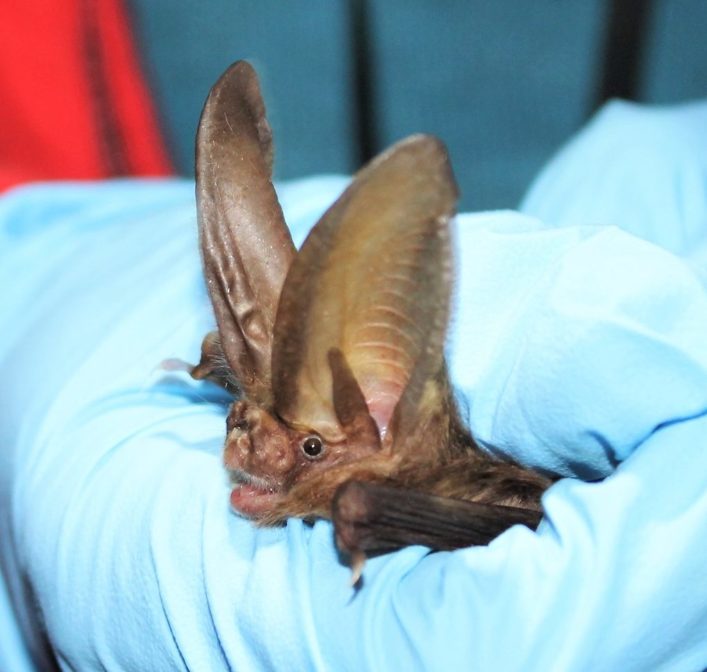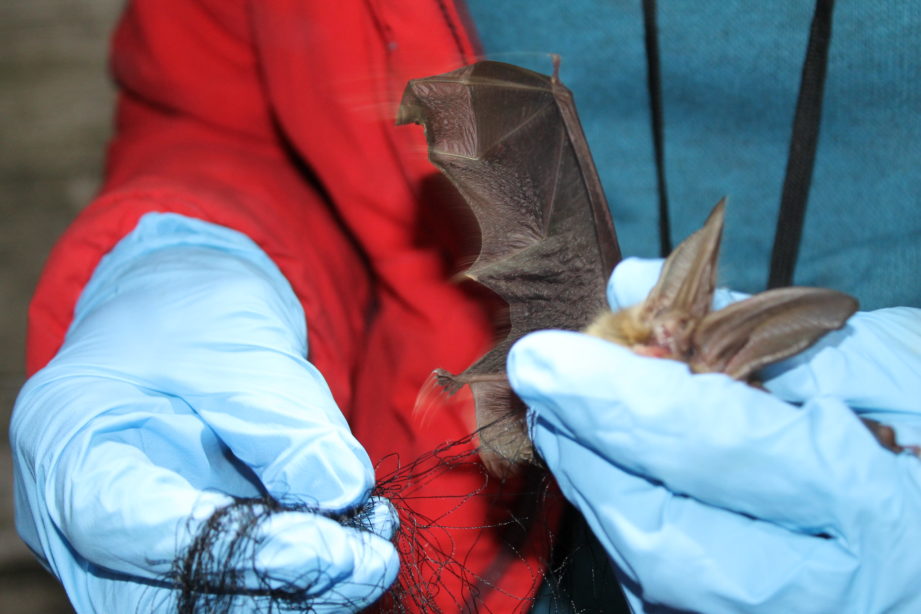CONSERVATION - WILDLIFE PROGRAMS
Bat Diversity
Background
Bats are the second largest group of mammals and the only mammal that is capable of true flight. Contrary to popular belief they are not closely related to rodents but to carnivores, whales, and ungulates. Bats serve as a bioindicator for the health of ecosystems due to their sensitivity to disturbance, pollutants, disease, and climate change. They also perform essential ecosystem services such as insect control, and pollination of native plants and crops. Studies estimated the pest control in the U.S. alone is worth 3.7 to 53 billion dollars a year (USGS.gov).

Photo by Amy Fernandez
Why Do We Care?
On Santa Catalina Island there are 10 bat species that occur on island either as residents or as temporary migrants. Three of these species are considered Species of Special Concern by the state of California and are declining on the mainland. Specifically, the Townsend’s big-eared bat and Pallid bat have declined precipitously since the 1940s due to development on the mainland. Fortunately, the 44,000 acres (88%) of Catalina Island owned and managed by the Catalina Island Conservancy is primarily undeveloped natural habitat that serves as a refugia from the development on the mainland.



